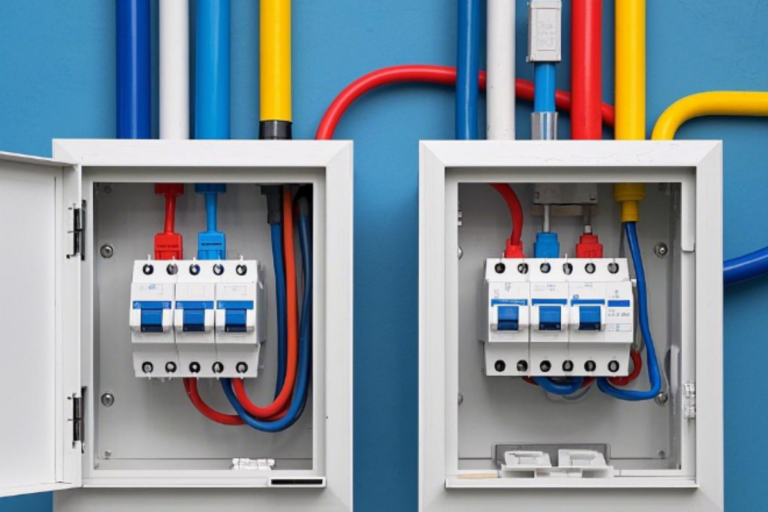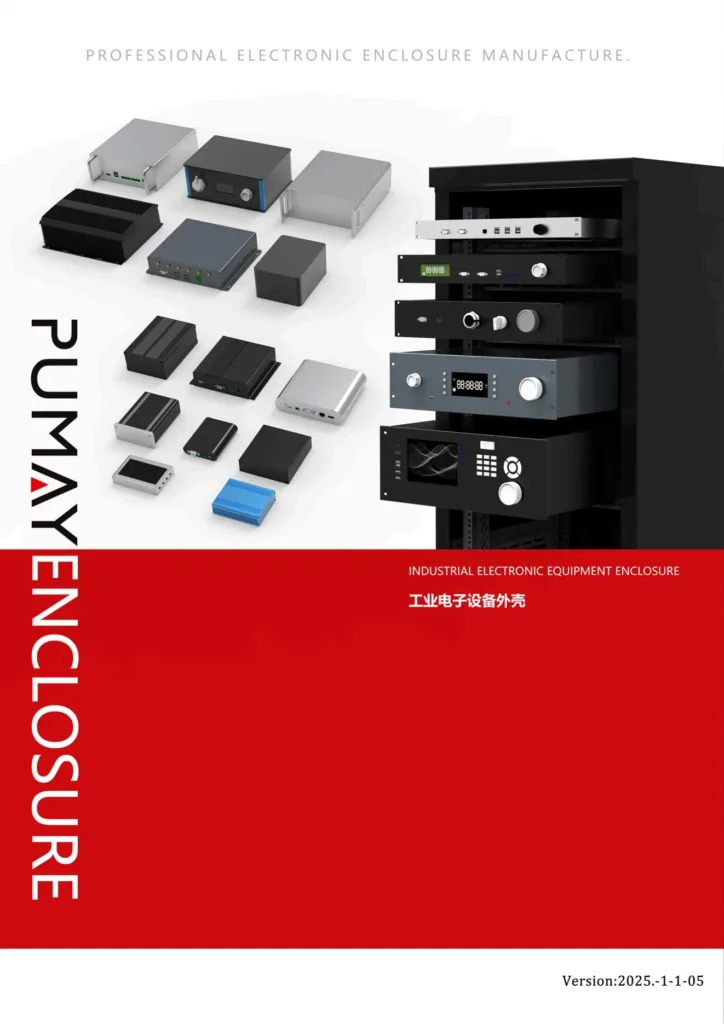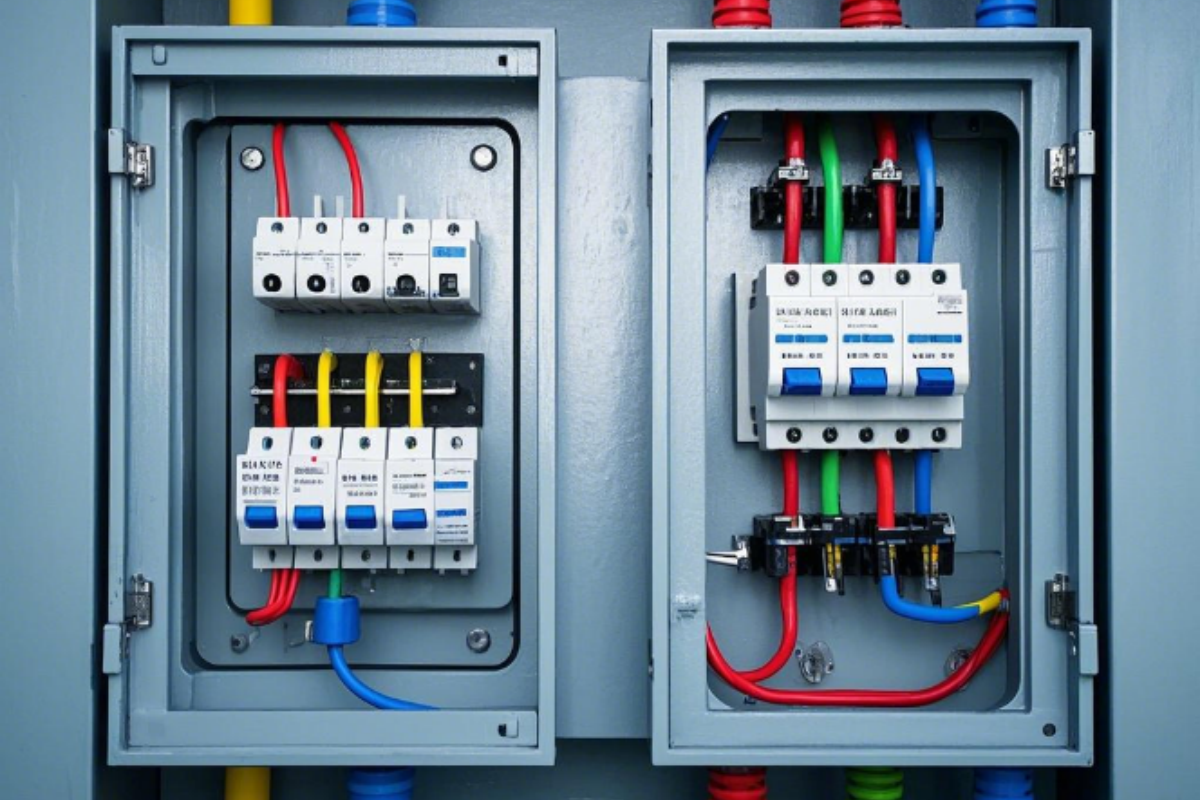
Electrical safety starts with the right enclosures for connections.
Most electrical connections1 must be enclosed in a box to ensure safety and compliance with regulations.
Let’s break down the details to help you understand why boxes are essential for electrical wiring.
Do All Wire Connections Have to Be in a Box?
Unprotected wire connections pose a serious hazard.
Yes, wire connections2 must be inside a box to prevent accidental contact and maintain code compliance3.
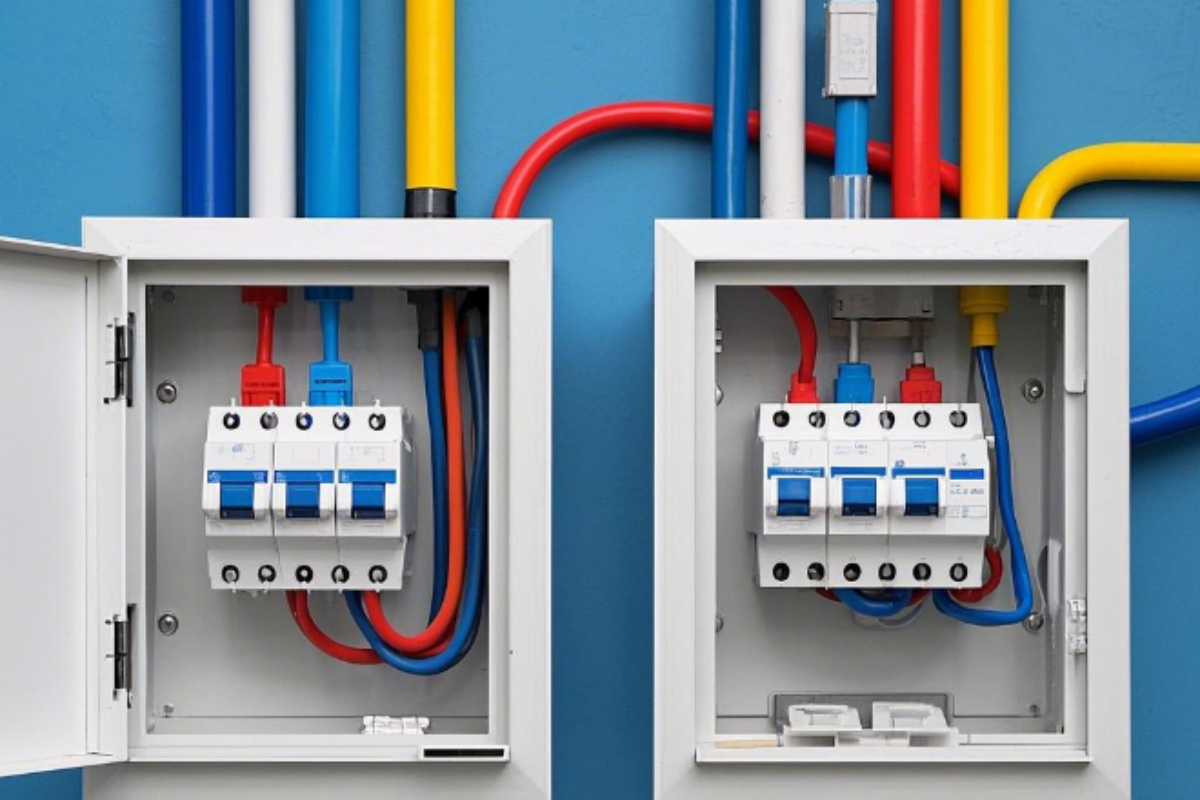
Why Are Boxes Necessary for Wire Connections?
Boxes serve as a physical barrier, protecting wires from damage and reducing the risk of electrical fires. They also help organize connections for easier inspection and maintenance.
Benefits of Using Boxes for Wire Connections:
- Prevent accidental contact
- Isolate heat buildup from wire connections
- Meet legal safety requirements
Skipping the box can lead to dangerous situations and potential fines from code violations.
Do All Electrical Connections Must Be Made Inside an Electrical Box or Enclosure?
Electrical projects can quickly become dangerous without proper precautions.
Yes, most connections must be inside an approved enclosure for protection and compliance.

Exceptions to This Rule
In some cases, certain connections may not require a traditional box:
- Integrated fixture connections with built-in enclosures
- Low-voltage systems under specific conditions
Always consult local codes before deciding to bypass enclosures.
Risks of Skipping Electrical Boxes
| Risk Type | Potential Consequences |
|---|---|
| Fire Hazard | Increased chance of electrical fires |
| Shock Risk | Exposure to live wires |
| Code Violation | Fines and mandatory correction |
Do All Grounds in a Box Need to Be Connected?
Grounding rules are often overlooked but are critical for safety.
Yes, all grounds in a box must be securely connected to prevent shock hazards.
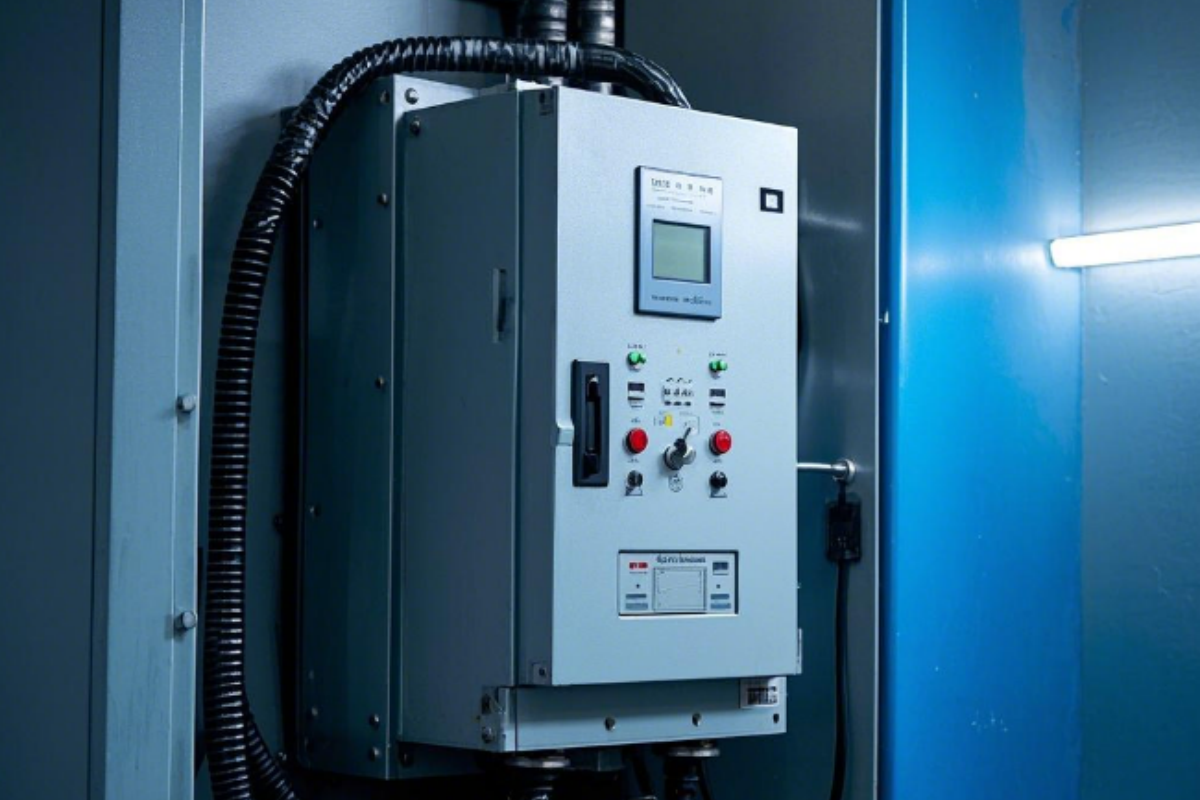
Importance of Grounding Connections
Grounding wires safely redirect electrical faults away from people and sensitive equipment. Without proper grounding, you risk severe electrical accidents.
Grounding Checklist for Electrical Boxes:
- Ensure all grounds are tightly bonded
- Use grounding screws or clamps for metal boxes
- Double-check connections during installation
Improper grounding can void warranties and cause equipment failures.
Why Do Wires Need to Be in a Box?
Wiring without protection is a recipe for disaster.
Boxes protect electrical wires from damage and reduce the risk of fires.
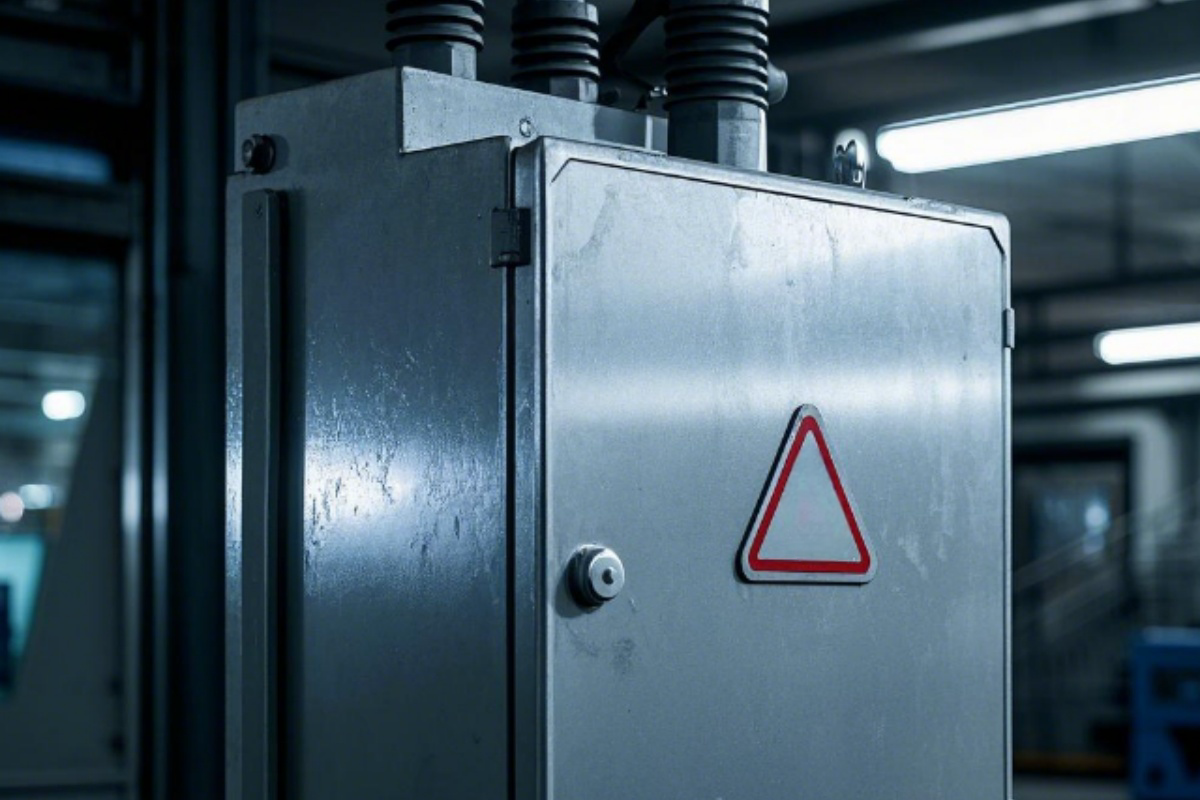
Key Roles of Electrical Boxes:
- Shield connections from physical damage
- Contain sparks and heat buildup
- Provide a secure mounting point for fixtures
Common Issues When Boxes Are Not Used:
| Issue Type | Example Impact |
|---|---|
| Physical Damage | Wires get pinched or cut |
| Fire Risk | Sparks escape, igniting surrounding materials |
| Maintenance | Difficult access for repairs |
Investing in the right boxes saves money and ensures long-term safety.
Do Splices Have to Be in a Box?
Splicing wires requires careful attention to safety.
Yes, splices must always be contained in a box to protect connections.
Why Are Splice Boxes Essential?
Splice boxes protect against accidental contact, moisture, and heat. They also make it easier to inspect and repair wiring connections.
Table: Key Benefits of Boxed Splices
| Benefit | Explanation |
|---|---|
| Protection | Prevents contact with live connections |
| Heat Containment | Isolates heat buildup from splicing |
| Code Compliance | Meets legal electrical requirements |
Skipping this step compromises the safety and legality of your electrical installation.
Conclusion
Keeping all electrical connections inside a box ensures safety, reduces risks, and helps meet code requirements. Don't cut corners with electrical safety.
Understanding safety regulations for electrical connections is crucial for compliance and preventing hazards. Explore this resource for detailed guidelines. ↩
Discover the importance of enclosing wire connections in a box to prevent accidents and ensure safety compliance. This resource provides essential insights. ↩
Learn about code compliance in electrical installations to ensure safety and legality in your projects. This link offers valuable information. ↩

